I wanted to write a short post just to record what I have been up to in these last weeks of 2022. Here in Santa Cruz we are marking the end of the year with yet another strike tomorrow. It’s supposedly just a 24-hour one this time rather than another strike-without-end like the one we endured in October and November for 36 days. However, I was up and out early and at the supermarket today just in case it drags on.
This is a summary of what’s been going on in my fiber-y activities. I finally managed to get all the stuff I needed for my cochineal dyeing, including paper to measure pH, and produced a red in my final attempt. Then I ran out of cochineal. My usual supplier in the street market is out of it and I guess I’ll need to find another. I want to make sure that getting red wasn’t just a fluke! You can see the bright red that I got at the top and then all the other colors I got while trying, below.
I made a couple of other experiments. First, just out of curiosity, I threw some alum-mordanted wool in the pot before adding the silk in the last run. I was amazed to see it instantly turned a dark, rich red-wine red. The silk wouldn’t have anything to do with that color! The closest it would go was a dusty pink. Another thing I did was soak some of the dark purple that I had already produced, and didn’t particularly like, in pH- neutral distilled water. It turned an interesting copper color. I had too many orange samples and so I soaked one of those in the same pH-neutral distilled water and got a dull pink.
It’s nice seeing all the colors together. Now I need to come up with an idea for using them.
My original plan had been to create two tones of red to use in a silk ikat project but dyeing with cochineal on silk has been trickier than I had imagined. Wool seems to be easier.. Maybe it’s time to try ikat with wool. I feel sure that using a material like wool which has a certain amount of stretch will make that challenging. I remember my very first experiment with ikat so many years ago. In my ignorance I just dove straight in and used my handspun llama thread with bold red dye that was meant for cotton. Needless to say the result was a very disappointing Barbie-pink background with a barely discernible white pattern.

And on the side, while messing around in the dye pots, I have been experimenting on my backstrap loom with something that I have been wanting to try for a long time. I wanted to try weaving complementary-warp patterns in a complementary-weft structure…I guess you could also call it “turned” complementary-warp, although “complementary-weft” does the trick for me.
I rummaged around in my stash and found some hemp thread that a weaving friend had given me years ago and used that as the base warp. I thought that the hemp would be sturdy enough to stand up to all the fiddling about that was bound to take place as I figured out the best way to execute the complementary-weft technique. The first thing to figure out was the number of warp threads that would make up each group around which the weft threads would turn. I was lucky in that my first guess turned out to be a good one.
I chose one of the fish motifs that I had charted for my Complementary-warp Pattern Book. The fish would normally be swimming length-wise down the warp. In complementary-weft it swims across the width of the warp. The second thing to figure out was how to turn the weft threads at the edges. I wasn’t sure if I would need floating selvedges but after fiddling about with different ideas, I found that they weren’t necessary. The selvedges are neat and stable. Of course, the back of the fabric shows a red fish on a blue background.
For the weft patterns I used some of the naturally dyed cotton from Mayan Hands that my weaving friend Kate had given me many years ago. It was left over from a kit she had brought back from Mayan Hands in Guatemala. The bag of beautiful thread has sat in my closet for years waiting for just the right project.
The natural dye substances used are cochineal (I am so impressed that they can get such deep colors on cotton with cochineal!). There are three depths of cochineal reds. You can see light indigo and dark indigo. I would so love to have more of that dark indigo. Obviously, it was also a favorite of Kate’s! Madder produced the orange, and osage orange the tan colors. There’s quite a lot of natural that I can dye myself. This thread is heavier than the kind that I normally like to use as warp but it has turned out to be perfect as complementary weft on the hemp base warp. You can take a look here if you would like to learn more about this Mayan Hands natural dye project in Guatemala.
Next, I tried an Andean pattern from my Complementary-warp Pick-up Book and then I played around a bit to see the effect of using a much finer main weft and a much heavier complementary weft. I used Omega Sinfonia as the heavier complementary weft. I thought that having the weft section stand out in high relief against the hemp cloth might be attractive. I decided that I preferred a more even surface. However, the heavier weft did produce a motif that wasn’t quite as compressed as the others.
I was done with that experiment and decided that I now wanted to combine complementary-warp and complementary-weft in the same piece. It was one thing to use complementary weft on plain weave. Working it on a denser base of complementary-warp would be different. I am sure that I was somehow under the influence of my silk cochineal colors when I chose the colors for this next sample. I used the Mayan Hands cotton for both warp and weft.
The orange sections are complementary-warp and the red, complementary-weft. I like the fact that I could change the color of the complementary-weft threads at any time, if I wanted to. However, I decided to just stick with red for this sample.
The complementary-weft structure lends itself well to motifs with vertical lines. In complementary-warp I can have sharp, smooth horizontal lines if I wish, like the beak of my hummingbird motif at the bottom. In complementary-weft I can have sharp smooth vertical lines like the stalks of leaves and stems of flowers. Once I had figured out the ideal number of warp threads around which to turn the weft threads, the next challenge was to match the widths of the complementary-warp and complementary-weft sections. I eventually got there by the time I reached the third comp-warp section. In order to do so, I had to weave the comp-warp sections at a width that is not natural to me which meant having to regularly check that I was staying on track. The narrower hummingbird sections sits at my natural width and I could maintain that width easily without ever having to check. My attempts to match the width are more obvious in the next picture.
So, now I want to use these combined structures on a much wider piece to make a bag for cotton-spinning tools…my takli, the mortar in which it’s supported, and my supply of cotton sliver….something that will enable me to easily store and carry it all about with me when I travel or when it’s not in use. I’ll use the Mayan Hands cotton but will dye some of the natural to get more colors. I might dye some more blues to go with the light and dark indigo thread that I already have in the kit.
A fun thing about the sample band I just wove was that I wove it with four selvedges. That’s the first time I have created a four-selvedged piece in cotton. It was relatively easy because I closed the gap with complementary-weft patterning rather than trying to close it in the warp-patterned sections. I turned the loom around and wove some comp warp at the far end of the warp and then filled in the gap between the two woven sections with comp weft. I didn’t go so far as to attempt a pattern, though! I might try that next time.
And with this project in this new-to-me combination of structures I will be starting off the new year. No doubt, there’ll be more cochineal dyeing next year and more ikat. I have no idea why I have so much black 60/2 silk but I would love to get something wide and very detailed on the loom in that black silk. The “dwindling stash” that I am always talking about is still dwindling but there always seems to be enough of the right stuff to enable me to experiment and then go on to weave useful projects.
If all goes my way, there will be a trip to Australia in 2023 to hopefully lay the ground work for my eventual move back. That will perhaps straighten out the stress-inducing mess of unanswered questions in my head and, who knows, I may return here feeling settled and confident enough to work on continuing with the book projects I have started and left long neglected.
Thanks for staying with me. I wish you all the best for happiness and peace of mind in the coming new year!









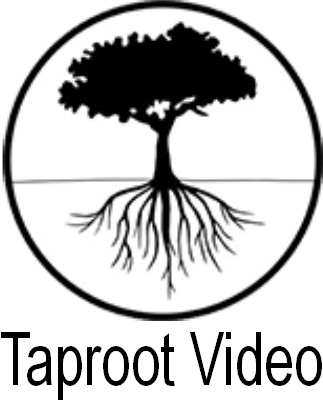
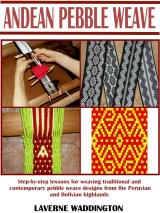
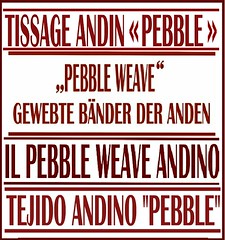
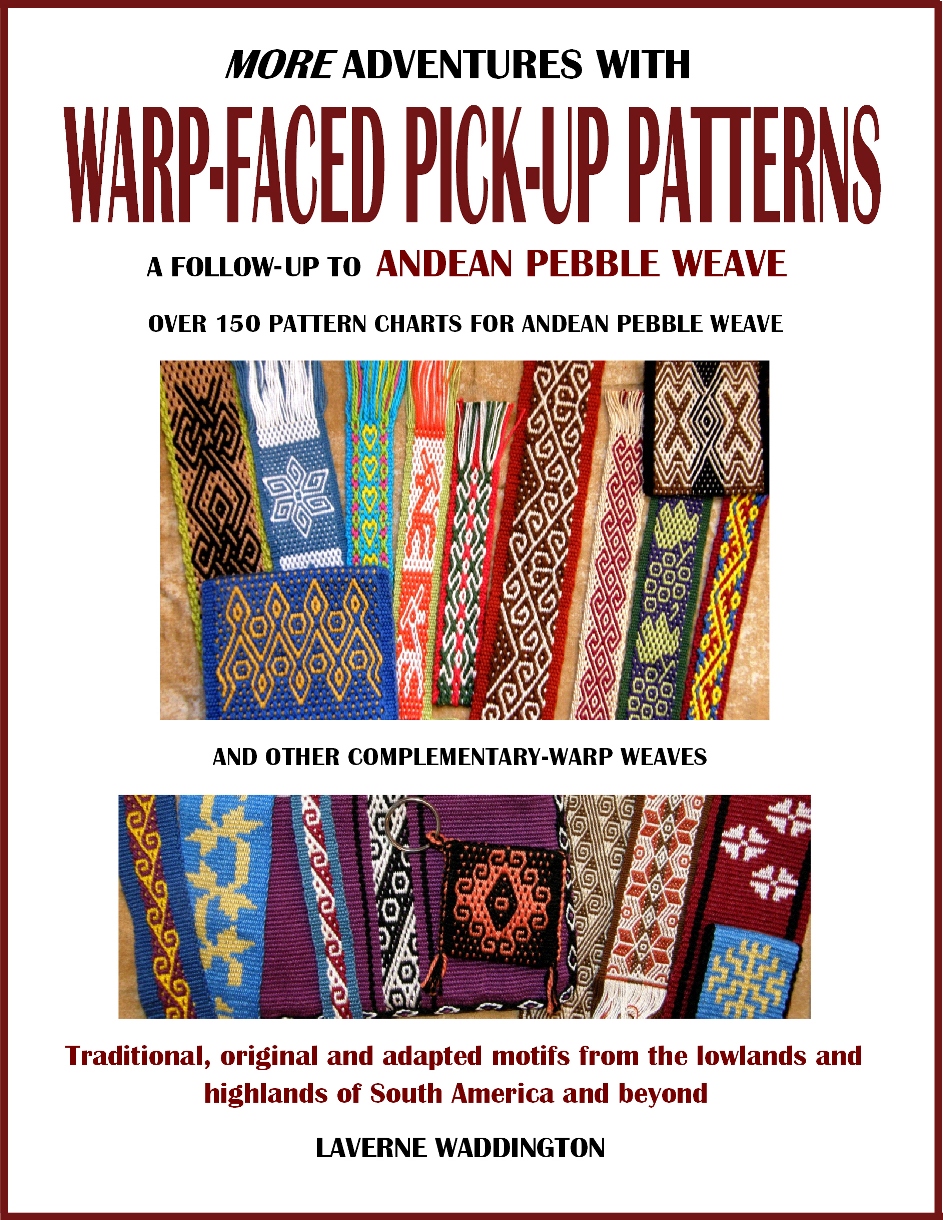
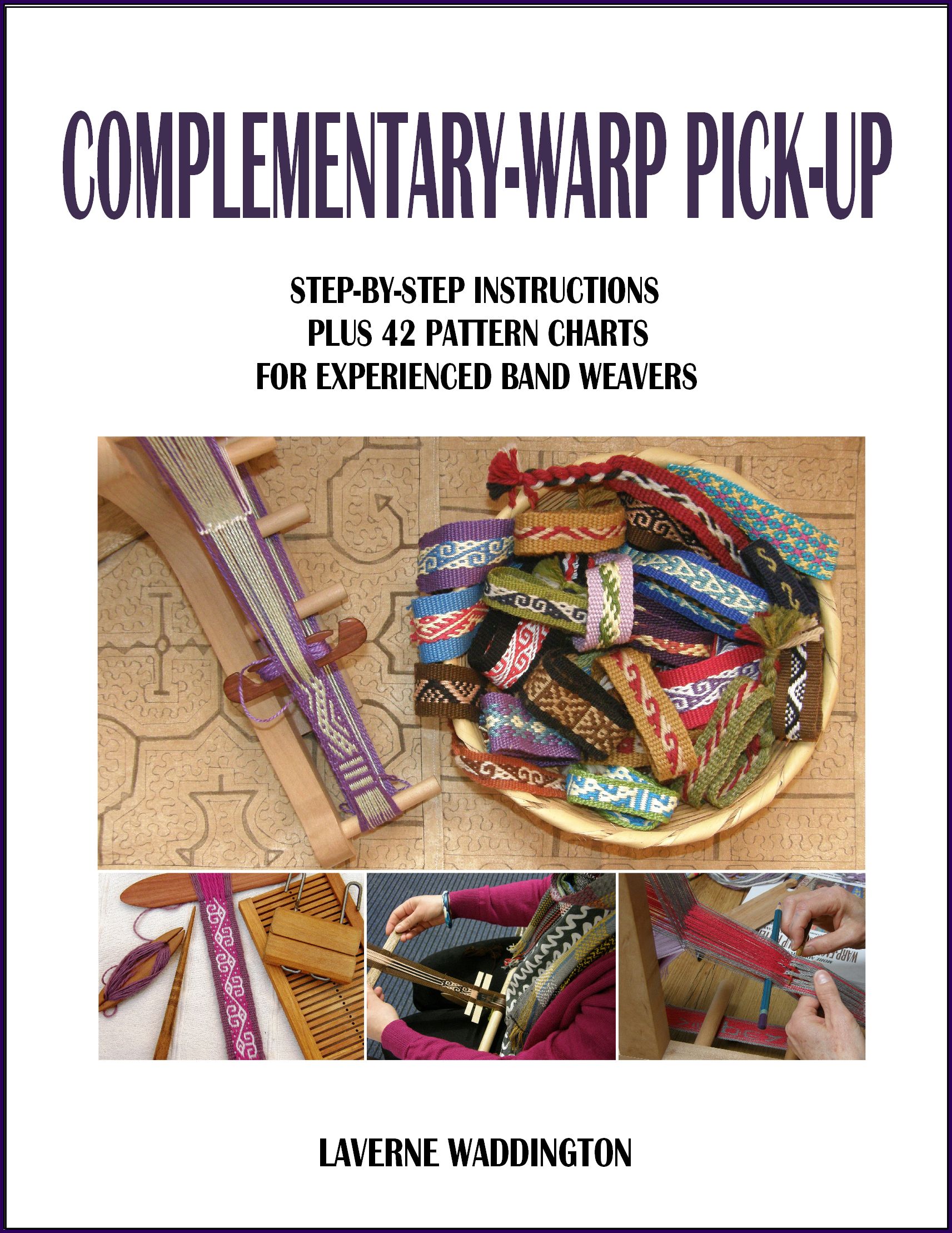
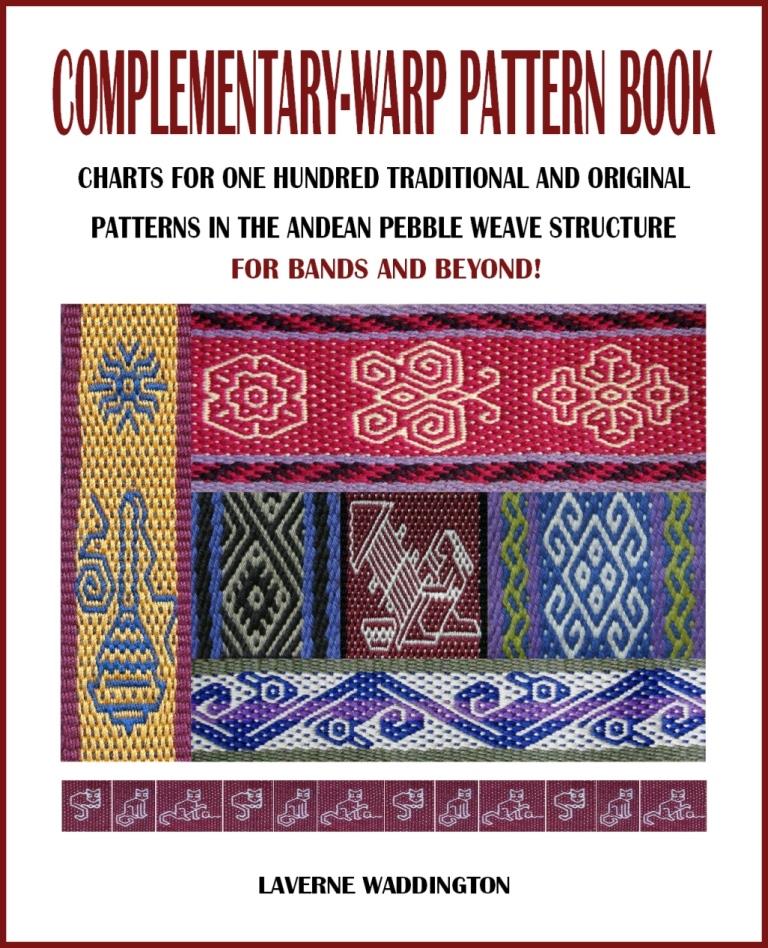
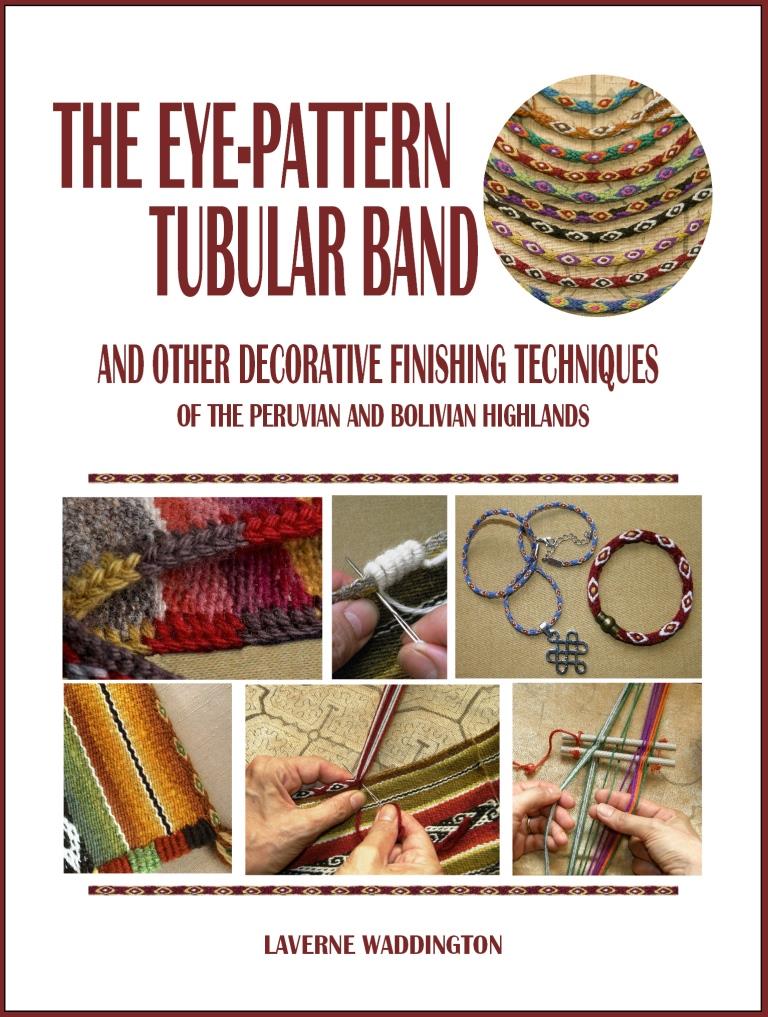
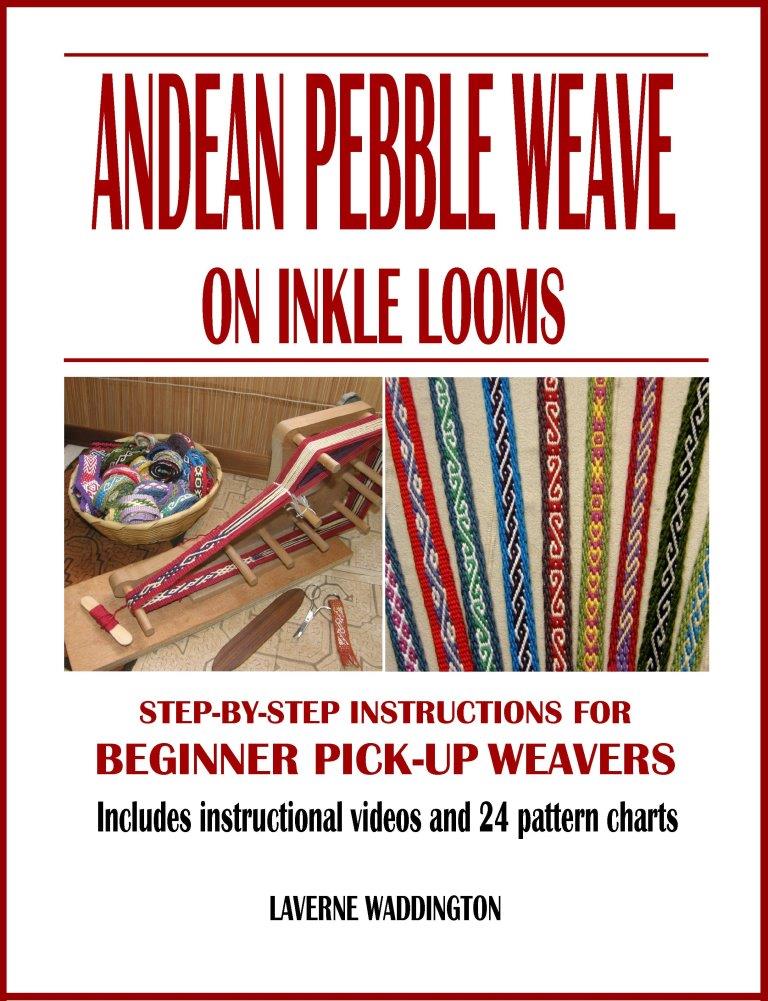


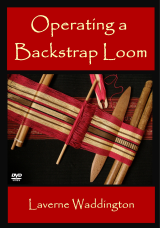
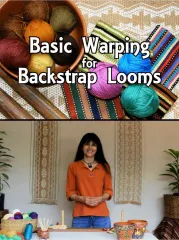

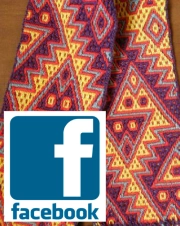





Hi Laverne,
I just wanted to let you know that I finally got to spend sime time in Chiang Mai, learning the Karen method of supplementary weaving 🙂
Now that I have picked up the basics, it is time for me to come up with my own designs.
Happy New Year!
Cheeers, Esther
By: E. Koh on December 30, 2022
at 3:42 am
I would very much like to know more about that. Please do send me pictures some time, if you can.
By: lavernewaddington on January 19, 2023
at 7:23 pm
Wish You a super new year 2023 .
By: Erroll Nelson Pires on December 30, 2022
at 11:26 am
And the same to you, Erroll!
By: lavernewaddington on January 19, 2023
at 7:22 pm
The colors are great. Complimentary warp and weft, worked out well. Thank you for sharing and best wishes for 2023 in all your endeavors.
By: Rita peck on December 30, 2022
at 2:58 pm
Best wishes to you too, Rita. Thank you so much for leaving a comment.
By: lavernewaddington on January 19, 2023
at 7:22 pm
That was fun! How versatile to be able to combine both structures, it is so interesting.
Best wishes for a wonderful, fiber-y New Year!
By: tscweaves on December 30, 2022
at 4:19 pm
Same to you, Theresa. I hope that I can combine the two and take more advantage of the ability to change colors at will in the complementary weft sections. Right now, I am playing it safe and sticking with shades of blue.
By: lavernewaddington on January 19, 2023
at 7:21 pm
Laverne, wishing you the most fulfilling 2023, moving forward in so many ways! Thank you for sharing your weaving and life adventures.
By: Kelli Page on December 31, 2022
at 12:48 pm
Hi Kelli! For some reason I didn’t get a notification about your comment. Thanks so much and I wish you all the best for the year ahead. I so hope we can meet up and weave together again this year. If not, I’ll know that you are out there reading my posts 🙂
By: lavernewaddington on January 19, 2023
at 7:20 pm
I am forever impressed with all the ways that you find to challenge your creative and ever imaginative mind through your weaving! This combination of complementary warp and complementary weft is another example of your ingenuity and willingness in figuring out the details to get it right. Bravo! Ahhh those dyed silks are luscious, even if only one is the deep red you were after. I’m sure you will find more interesting ways to use these newly dyed yarns. I hope you get your wish to return to Australia in 2023 for a visit. You are a planetary citizen and you know it!
By: Lausanne on February 2, 2023
at 7:32 pm
Thank you, Lausanne. Yes, this planetary citizen is missing her roaming about but I would be happy just to get back to Australia for a visit at this point. In the meantime hearing from long-distance friends like you keeps me going!
By: lavernewaddington on February 2, 2023
at 8:05 pm